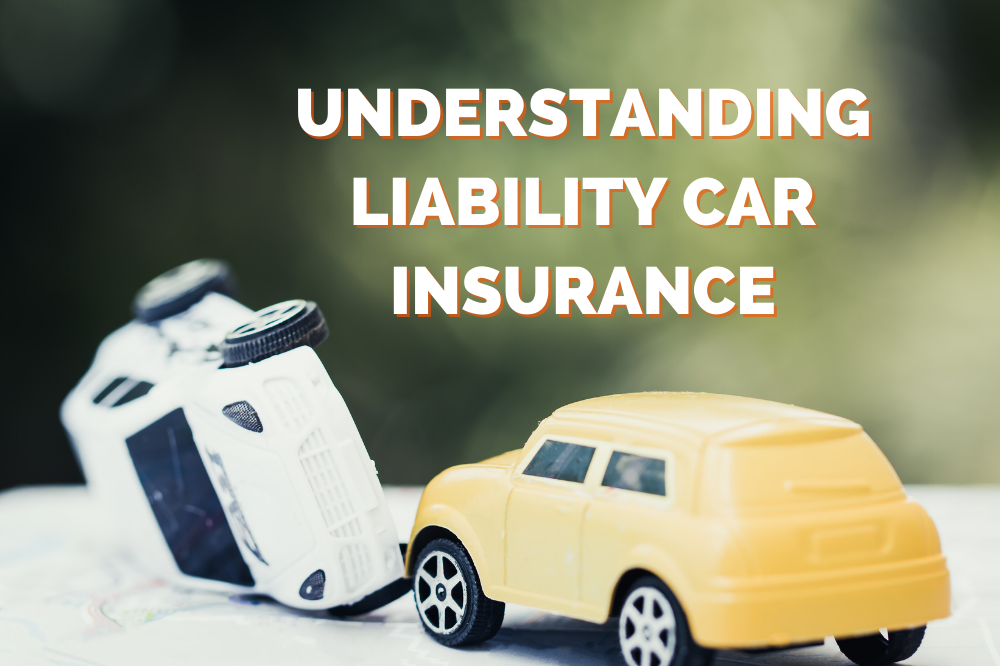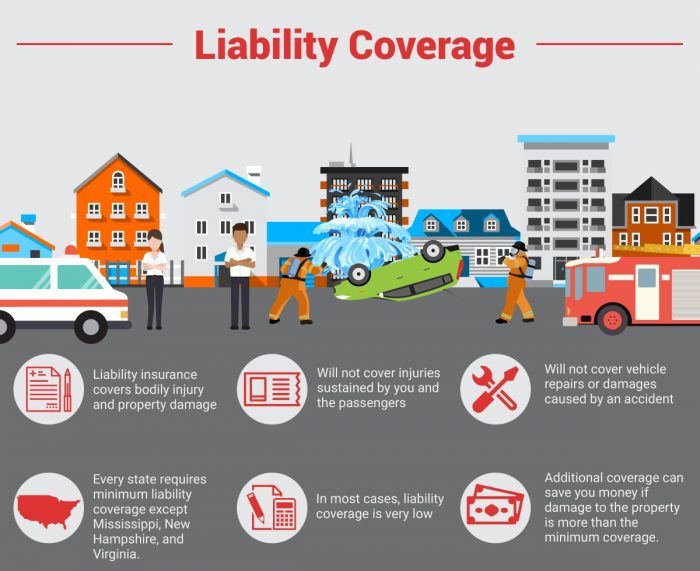
Introduction
With great pleasure, we will explore the intriguing topic related to The Safety Net: Understanding Liability Car Insurance. Let's weave interesting information and offer fresh perspectives to the readers.
Table of Content
The Safety Net: Understanding Liability Car Insurance
Driving is a privilege, not a right. With that privilege comes the responsibility to be a safe and responsible driver. However, even the most careful drivers can find themselves in an accident, and that's where liability car insurance steps in as a crucial safety net. This article delves into the intricacies of liability insurance, exploring its components, benefits, and how it safeguards you and others on the road.
What is Liability Car Insurance?
Liability car insurance is a type of coverage that protects you financially if you're responsible for an accident that causes damage to another person's property or injuries to another person. It's essentially a safety net that covers the costs of:
- Bodily Injury Liability: This covers medical expenses, lost wages, and pain and suffering for the other driver and their passengers if you cause an accident.
- Property Damage Liability: This covers repairs or replacement costs for the other driver's vehicle and any other property damaged in the accident.
Think of it as a legal shield that protects you from potentially crippling financial burdens in the event of an accident.
Why is Liability Car Insurance Important?
Imagine this scenario: You're driving, and a sudden downpour causes you to lose control and hit another car. The other driver suffers injuries and their car is totaled. Without liability insurance, you would be personally responsible for covering all the costs associated with the accident, including medical bills, lost wages, vehicle repairs, and potentially even legal fees. This could easily bankrupt you, especially in cases of serious injuries or extensive property damage.

Liability insurance acts as a buffer, protecting you from this potential financial catastrophe. It's not just about safeguarding yourself; it's about being a responsible member of society and ensuring that you can compensate others for damages you may cause.
Understanding the Basics: Limits and Coverage
Liability insurance policies are typically expressed in terms of limits, which represent the maximum amount the insurance company will pay for covered losses. These limits are usually expressed in the form of "per person" and "per accident" coverage. For example, a policy with a 25/50/25 limit means:
- $25,000 maximum coverage for bodily injury per person.
- $50,000 maximum coverage for bodily injury per accident.
- $25,000 maximum coverage for property damage per accident.
Table 1: Example Liability Insurance Limits
| Limit | Explanation |
|---|---|
| 15/30/10 | $15,000 per person, $30,000 per accident for bodily injury, $10,000 per accident for property damage |
| 25/50/25 | $25,000 per person, $50,000 per accident for bodily injury, $25,000 per accident for property damage |
| 50/100/50 | $50,000 per person, $100,000 per accident for bodily injury, $50,000 per accident for property damage |
The Importance of Adequate Limits:
Choosing the right liability limits is crucial. Insufficient limits could leave you personally liable for any costs exceeding the policy's coverage. It's essential to consider your driving habits, the type of vehicle you drive, and your overall financial situation when determining appropriate limits.
Diagram 1: Understanding Liability Limits
[Insert a simple diagram illustrating the concept of liability limits, with different scenarios showing the impact of varying limits on coverage.]
Uninsured/Underinsured Motorist Coverage: An Extra Layer of Protection
While liability insurance protects you if you're at fault, what happens if you're hit by an uninsured or underinsured driver? This is where uninsured/underinsured motorist (UM/UIM) coverage comes in.
UM/UIM coverage is an optional add-on to your liability policy that provides financial protection if you're injured by a driver who lacks sufficient insurance or no insurance at all. It covers medical expenses, lost wages, and pain and suffering for you and your passengers.
Diagram 2: The Role of UM/UIM Coverage
[Insert a diagram showcasing how UM/UIM coverage steps in when the other driver lacks sufficient insurance.]
Factors Influencing Liability Insurance Costs
The cost of liability insurance is influenced by several factors, including:
- Driving History: Your driving record, including accidents, tickets, and DUI convictions, significantly impacts your premium.
- Age and Gender: Younger drivers and males generally pay higher premiums due to higher risk profiles.
- Vehicle Type: The type and value of your vehicle can influence your premium.
- Location: Your geographic location, including traffic density and accident rates, can affect your insurance costs.
- Credit Score: In some states, your credit score can influence your insurance premium.
Minimizing Your Liability Insurance Costs
While you can't control all factors that affect your premium, there are steps you can take to minimize your costs:
- Maintain a Clean Driving Record: Avoid accidents, speeding tickets, and DUI convictions.
- Shop Around for Quotes: Compare quotes from different insurance companies to find the best rates.
- Take Defensive Driving Courses: Completing a defensive driving course can often result in discounts.
- Bundle Your Policies: Combining your auto insurance with other policies like homeowners or renters insurance can offer discounts.
- Consider a Higher Deductible: Opting for a higher deductible can lead to lower premiums.
Liability Insurance: An Essential Component of Safe Driving
Liability insurance is not merely an optional expense; it's a vital component of responsible driving. It safeguards you from potential financial ruin in the event of an accident, while also ensuring you can compensate others for damages you may cause. By understanding the intricacies of liability insurance, choosing adequate coverage, and taking steps to minimize your costs, you can drive with confidence, knowing you have a safety net in place.
In conclusion, liability insurance is a crucial element of responsible driving. It provides financial protection for yourself and others on the road, ensuring that you can handle the costs associated with accidents. By understanding the components, benefits, and factors influencing liability insurance, you can make informed decisions to secure your financial well-being and contribute to a safer driving environment.

Related Articles:
- Navigating The Maze: Finding Cheap Car Insurance In 2023
- The Price You Pay For Peace Of Mind: A Deep Dive Into Car Insurance
- Navigating The Maze: A Guide To Comparing Car Insurance
- Navigating The Labyrinth: A Guide To Auto Insurance
- Navigating The Labyrinth: A Guide To Car Insurance
Closure
Thus, we hope this article has provided valuable insights into The Safety Net: Understanding Liability Car Insurance. We thank you for taking the time to read this article. See you in our next article!
'Insurance' 카테고리의 다른 글
| Navigating The Aftermath: A Guide To Car Accident Claims (0) | 2024.07.30 |
|---|---|
| Navigating The Unfair: A Deep Dive Into Non-Fault Accidents (0) | 2024.07.29 |
| Driving With A Shadow: Navigating Car Insurance For "Bad" Drivers (0) | 2024.07.28 |
| The Price You Pay For Peace Of Mind: A Deep Dive Into Car Insurance (0) | 2024.07.27 |
| Navigating The Maze: A Guide To Car Insurance Comparison Websites (0) | 2024.07.26 |